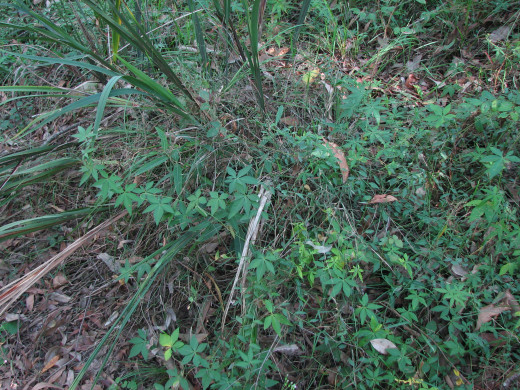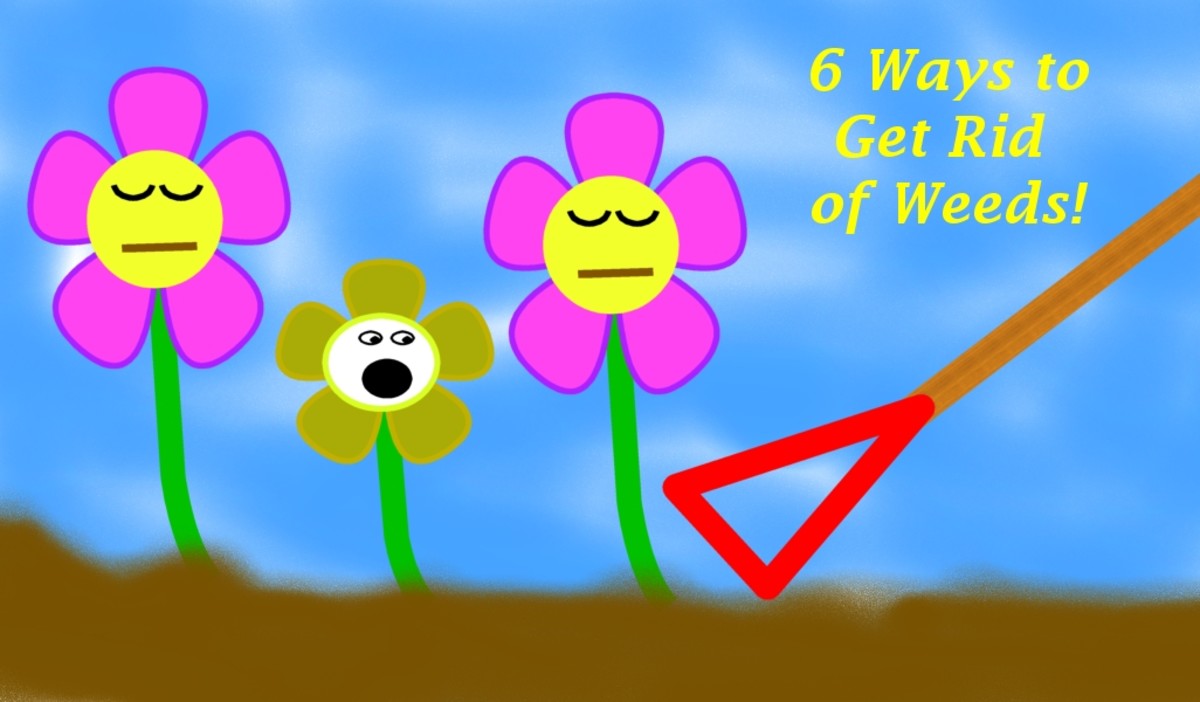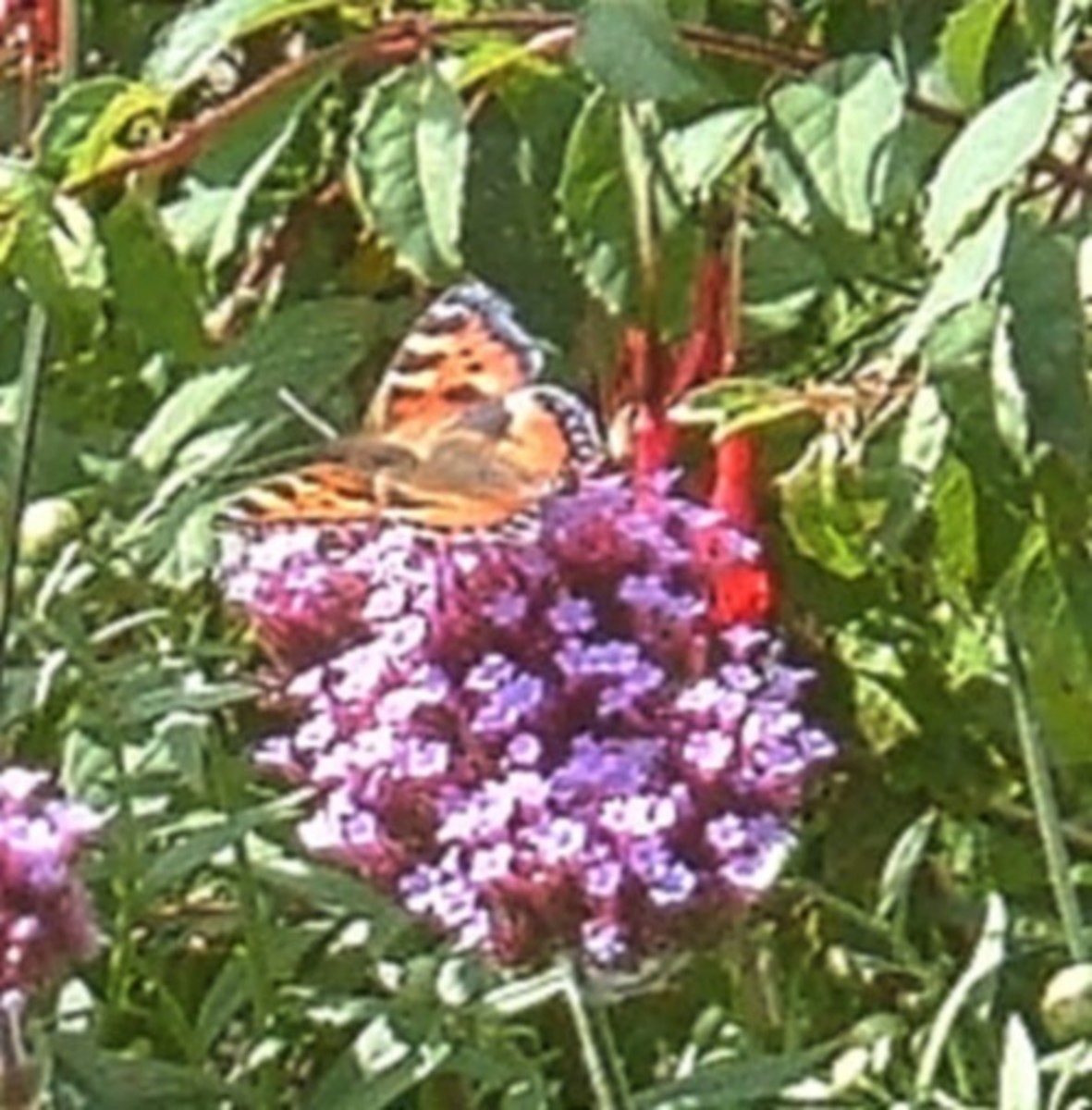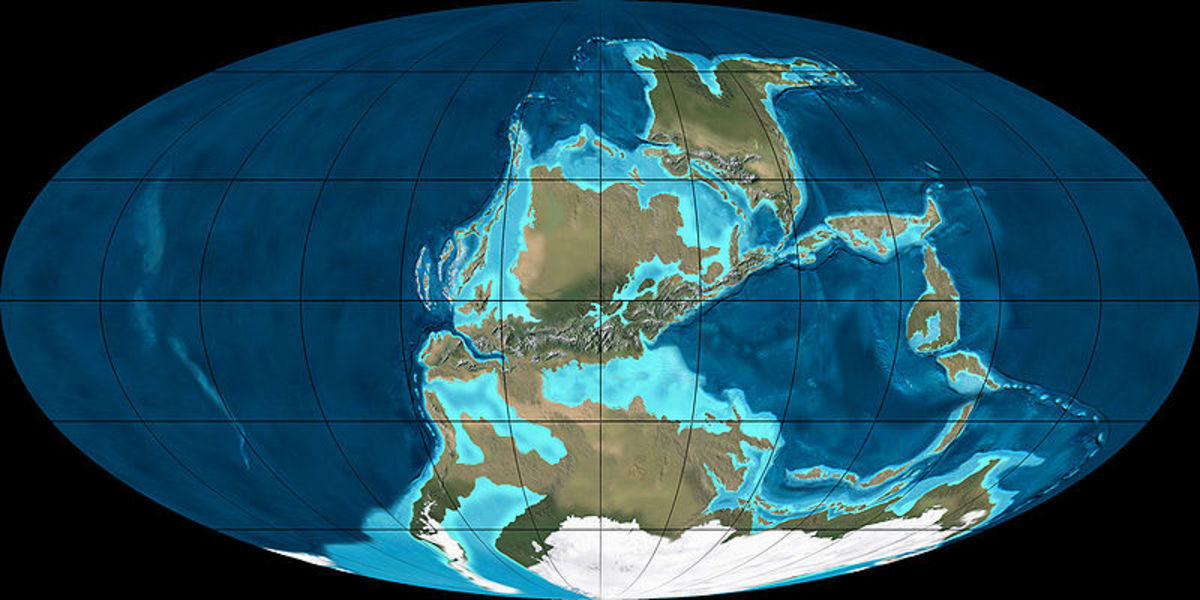Bushcare: Slow, Thorough Weeding Is Best

Often I see inexperienced bushcare enthusiasts try to pull out weed material as quickly as possible and gather it into a large pile, essentially creating a visual trophy representing all of their hard toil. The impulse behind doing this is understandable, there can sometimes be vast patches of weedy plants that need to be dealt with and seeing quick progress being made can often be encouraging. However weeding is a task which should never be rushed, instead patience and thoroughness should be practices otherwise weeding efforts can end up in vein.
Consider the following two bushcare groups and think for a minute based on no additional information which group appears to be the more efficient at weeding if we assume both are attempting to remove the same invasive weed species.
Bushcare Group A
Time taken to weed - 30 minutes
Volume of weeds collected - 1 cubic meter
Area weeded - 5 square meters
Bushcare Group B
Time taken to weed – 2 hours
Volume of weeds collected – ½ of a cubic meter
Area weeded – 1 square meter
By all accounts it appears at first that bushcare group A is the better group at weeding, they have covered a greater area and removed a larger volume of weeds from the site, and at a quicker pace than group B.
But lets say that the type of weed being removed is a groundcover with fleshy, spreading runners close to the ground and taller upright shoots that easily snap away from the runners below when pulled. In their haste, bushcare group A has mainly removed only the upright shoots and left all of the roots and runners intact. On the other hand, bushcare group B has done a more time consuming but thorough job and removed all plant pieces of the weed that they could find. By averaging the amount collected over the area weeded we can see that bushcare group B has removed more weed volume per square meter (in this case ½ of a cubic meter of weed removed per square meter of ground) and thus done a more thorough job at removing the weed than bushcare group A (at 1/5 of a cubic meter of weed removed per square meter of ground)
Lets now think what would happen if we revisited the site weeded by bushcare group A in a few months time. If temperature and soil nutrients levels have been encouraging to growth over this time period and there’s been a few good downpours of rain, a weed such as the one in this example would end up regrowing quicker and the size of the clump may even end up larger than it would have been if it was left undisturbed (similar to how there is a burst of vigorous re-growth after pruning garden plants in Spring). Additionally during collection or transport of weed material away from the site, pieces of runner may have been dropped into spots where the weed wasn’t previously growing and these may take root and start new patches of infestation. After a few months the site would likely have a greater quantity of weeds than when it started and the hard work put in by bushcare group A would’ve been in vein, the exercise would’ve been a total waste of both time and effort.
On the other hand, looking forward on the site weeded by bushcare group B we would see a clear difference. As bushcare group B removed all the roots and runners no regrowth would’ve been possible except from patches left due to a lack of time allocated to dealing with them. Although bushcare group B may also have had some problems with dropped runner pieces reinfesting other areas, as long as bushcare group B had been able to remove more weed material than the growth rate of the weed would have been able to replenish it we would see a net decrease in the quantity of weed material when compared with the site before it was weeded. This type of weed infestation would require several follow up visits to the site to remove any regrowth, a simple pull and forgot strategy is rarely effective when it comes to removing weeds.
It goes without saying that anyone wanting to effectively remove weeds from bushland should have good, local native plant and weed identification knowledge so they know what to leave and what to remove. This is important as when existing native vegetation is mistakenly removed a niche is opened, and due to their ability to out-compete regenerating native plants, invasive weeds will often fill any gaps created.
A good knowledge of plant biology is also essential. Weeds can be persistent, some weeds spread by fleshy runners that can reshoot and reinfest an area even if just a single piece if left at the site. Others have underground tubers and will just reshoot the next season if only the above ground section of the plant is removed. Different species of weeds will require different strategies to optimally control them and this is where a combination of plant identification skills, and knowledge of plant biology and control techniques is a vital thing to have.
Remember from the tale of the rabbit and the hare that slow and steady always wins the race, this is especially true when it comes to weeding.








